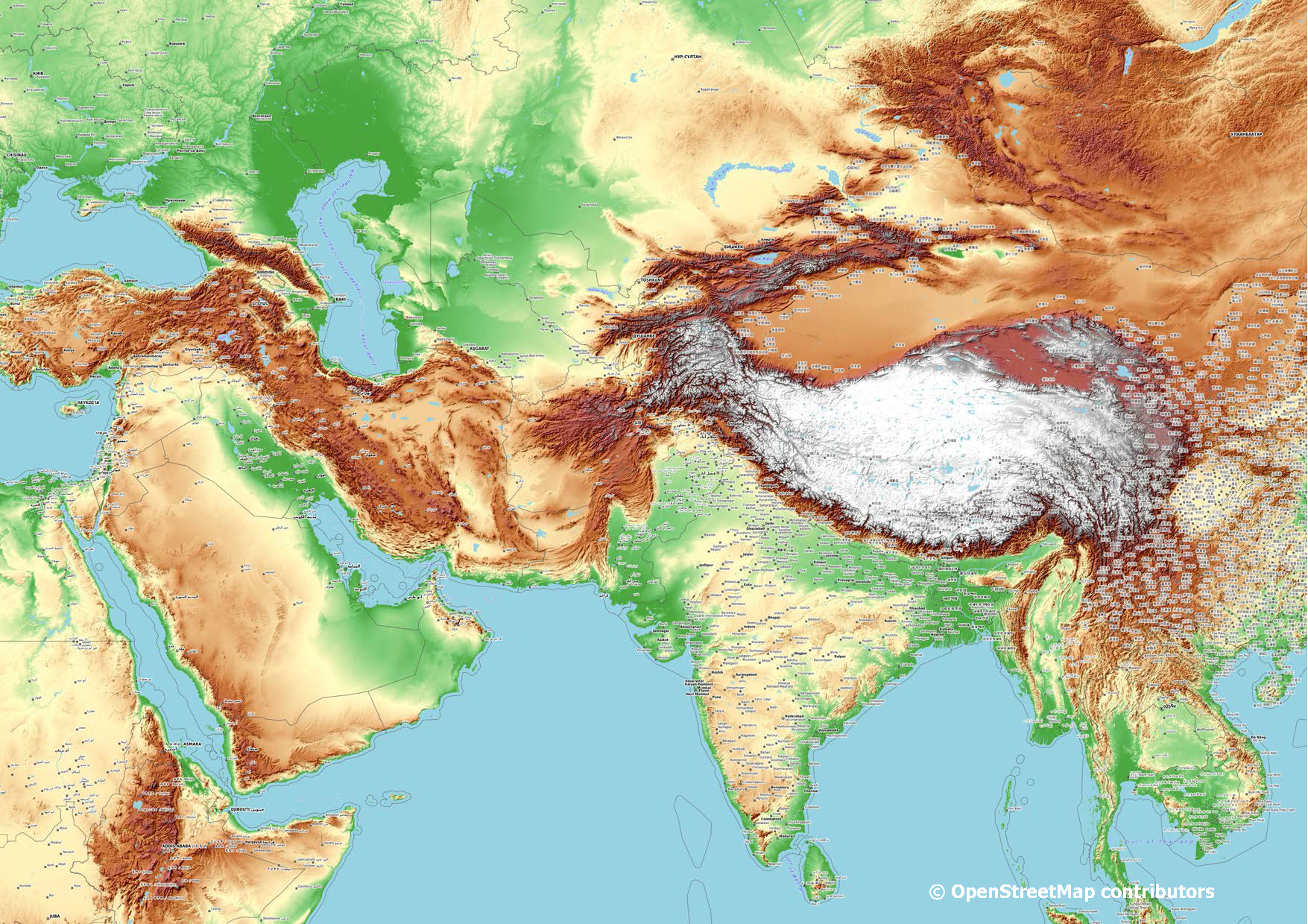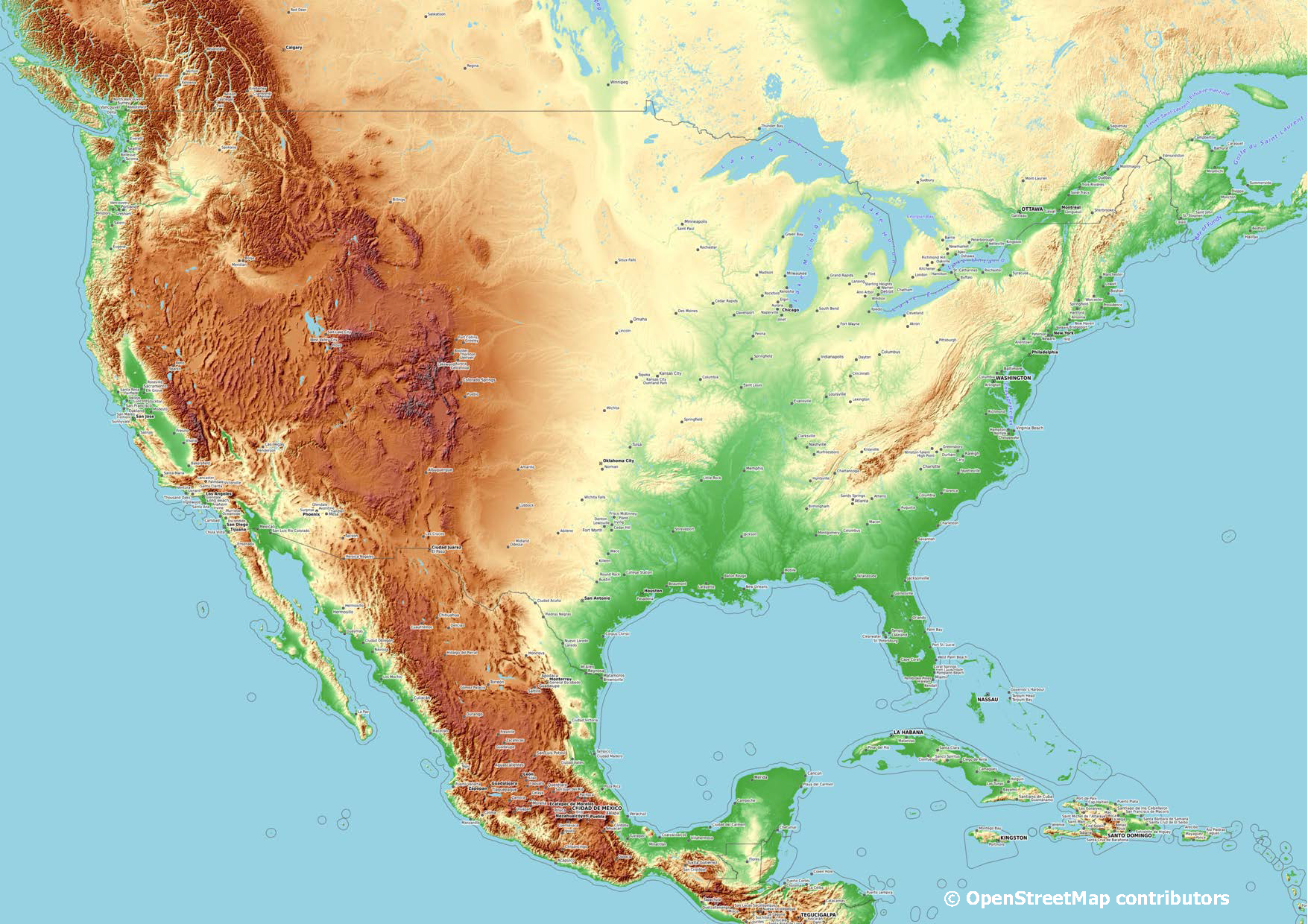The situation in Australia / New Zealand
In both Australia and New Zealand, odour pollution is treated in a similar way as air pollutants such as sulphur dioxide and nitrogen dioxide.
Odour is controlled under the Protection of the Environment Operations Act 1997 in Australia and the 1991 Resources Management Act of New Zealand, and the Resource Management Regulations of 2004 [97]. Strict odour assessment criteria exist in both countries.
Odour assessment criteria in Australia and New Zealand are primarily used to compare odour concentrations from dispersion model outputs, in ou∙m−3, to the respective country and state odour guideline values to determine whether objectionable or offensive effects are likely to occur. However, although there appears to be a move towards a risk-based assessment approach, i.e., Western Australia. In general, the odour assessments in both countries take into account the odour guideline documents which accompany each state in Australia, with a single guideline document in New Zealand. It is emphasised that the guidelines and odour assessment criteria therein are not meant to be interpreted as a “pass or fail” test. The guidelines aim to provide a framework for effective project planning and a regulatory regime for odour-emitting activities. Other key points relating to odour assessment as per the Australian and New Zealand guidelines are as follows.
Neither Australia nor New Zealand provides different odour assessment criteria according to odour activity. This means that a broiler farm is assessed at the same odour rate as a piggery or a layer hen farm. However, odour assessment criteria can range depending on the size of the nearby potentially affected population. In several states in Australia, namely, New South Wales, South Australia, and ACT (Canberra), a range of odour assessment criteria is applicable depending on the sensitivity of the population as determined by population numbers.
For example, in New South Wales, a single residence is assessed at 7 ou, whilst for larger populations, where there will be a greater range of sensitivities to odour and a higher number of more sensitive individuals, the acceptable odour limit is defined as 2 ou. If an odour source is in an area with a rural residence to the north and a town of 500 people to the south, then the appropriate criterion would be 7 ou for the single residence and 3 ou for the town and adjoining houses.
Odour is controlled under the Protection of the Environment Operations Act 1997 in Australia and the 1991 Resources Management Act of New Zealand, and the Resource Management Regulations of 2004 [97]. Strict odour assessment criteria exist in both countries.
Odour assessment criteria in Australia and New Zealand are primarily used to compare odour concentrations from dispersion model outputs, in ou∙m−3, to the respective country and state odour guideline values to determine whether objectionable or offensive effects are likely to occur. However, although there appears to be a move towards a risk-based assessment approach, i.e., Western Australia. In general, the odour assessments in both countries take into account the odour guideline documents which accompany each state in Australia, with a single guideline document in New Zealand. It is emphasised that the guidelines and odour assessment criteria therein are not meant to be interpreted as a “pass or fail” test. The guidelines aim to provide a framework for effective project planning and a regulatory regime for odour-emitting activities. Other key points relating to odour assessment as per the Australian and New Zealand guidelines are as follows.
Neither Australia nor New Zealand provides different odour assessment criteria according to odour activity. This means that a broiler farm is assessed at the same odour rate as a piggery or a layer hen farm. However, odour assessment criteria can range depending on the size of the nearby potentially affected population. In several states in Australia, namely, New South Wales, South Australia, and ACT (Canberra), a range of odour assessment criteria is applicable depending on the sensitivity of the population as determined by population numbers.
For example, in New South Wales, a single residence is assessed at 7 ou, whilst for larger populations, where there will be a greater range of sensitivities to odour and a higher number of more sensitive individuals, the acceptable odour limit is defined as 2 ou. If an odour source is in an area with a rural residence to the north and a town of 500 people to the south, then the appropriate criterion would be 7 ou for the single residence and 3 ou for the town and adjoining houses.




